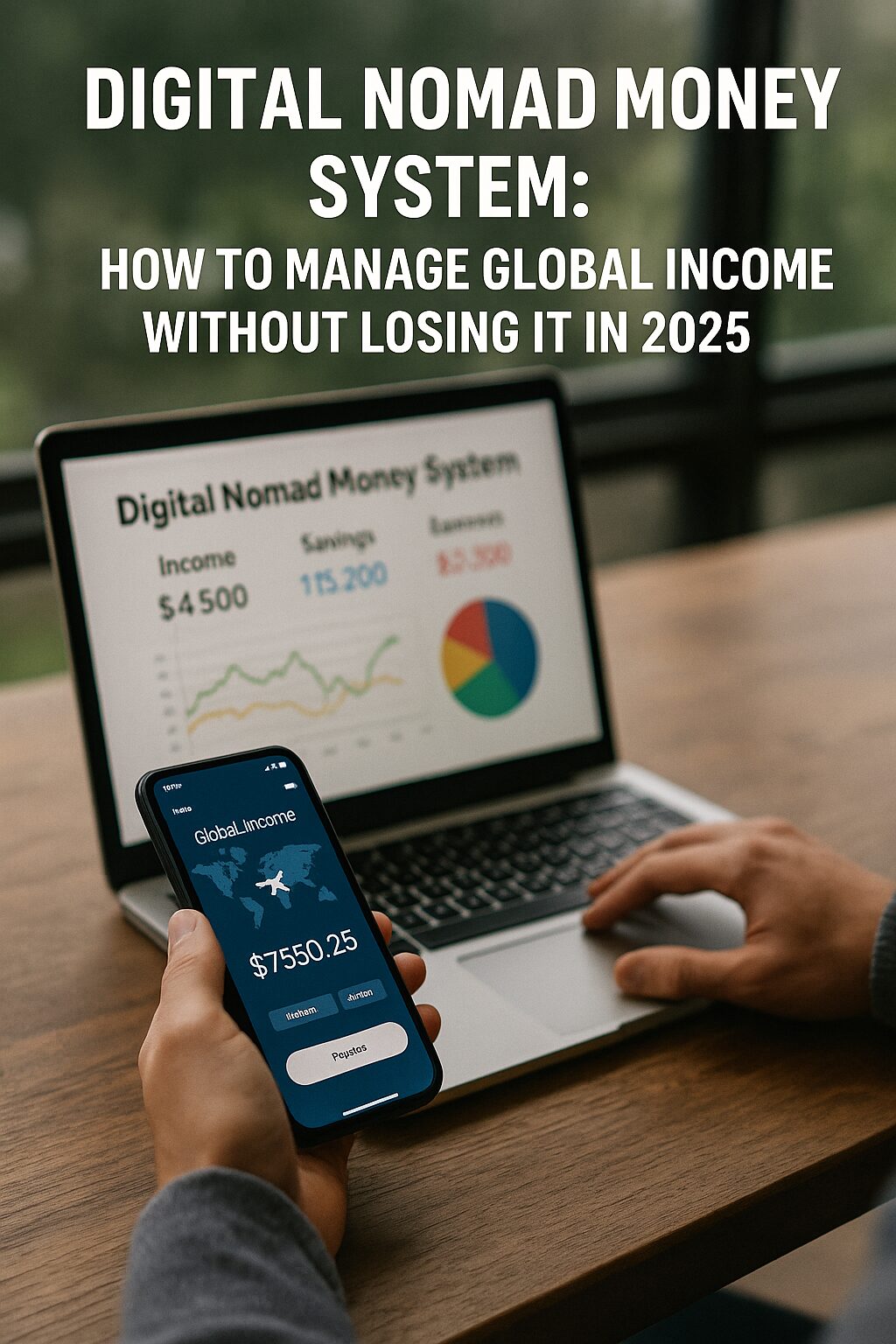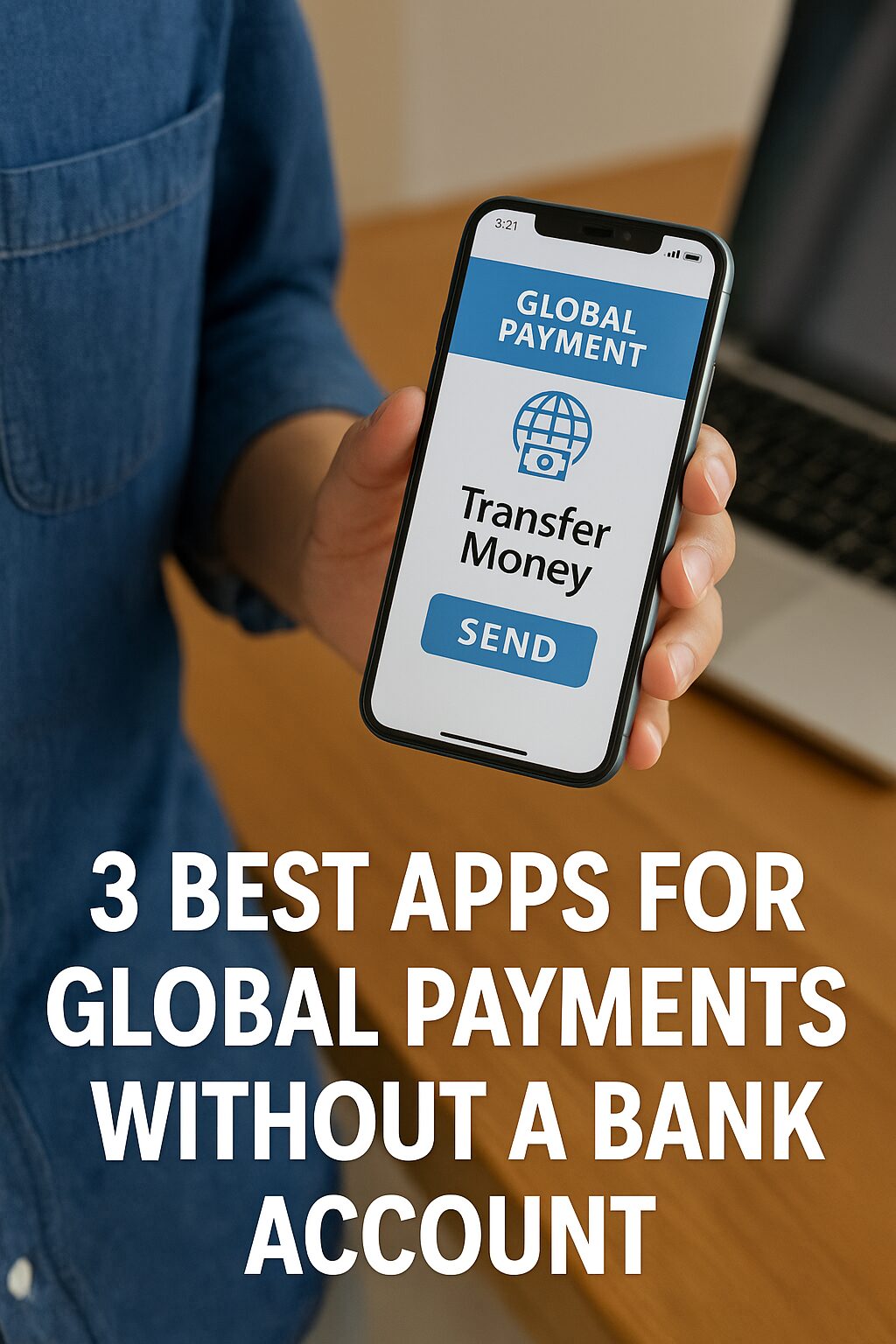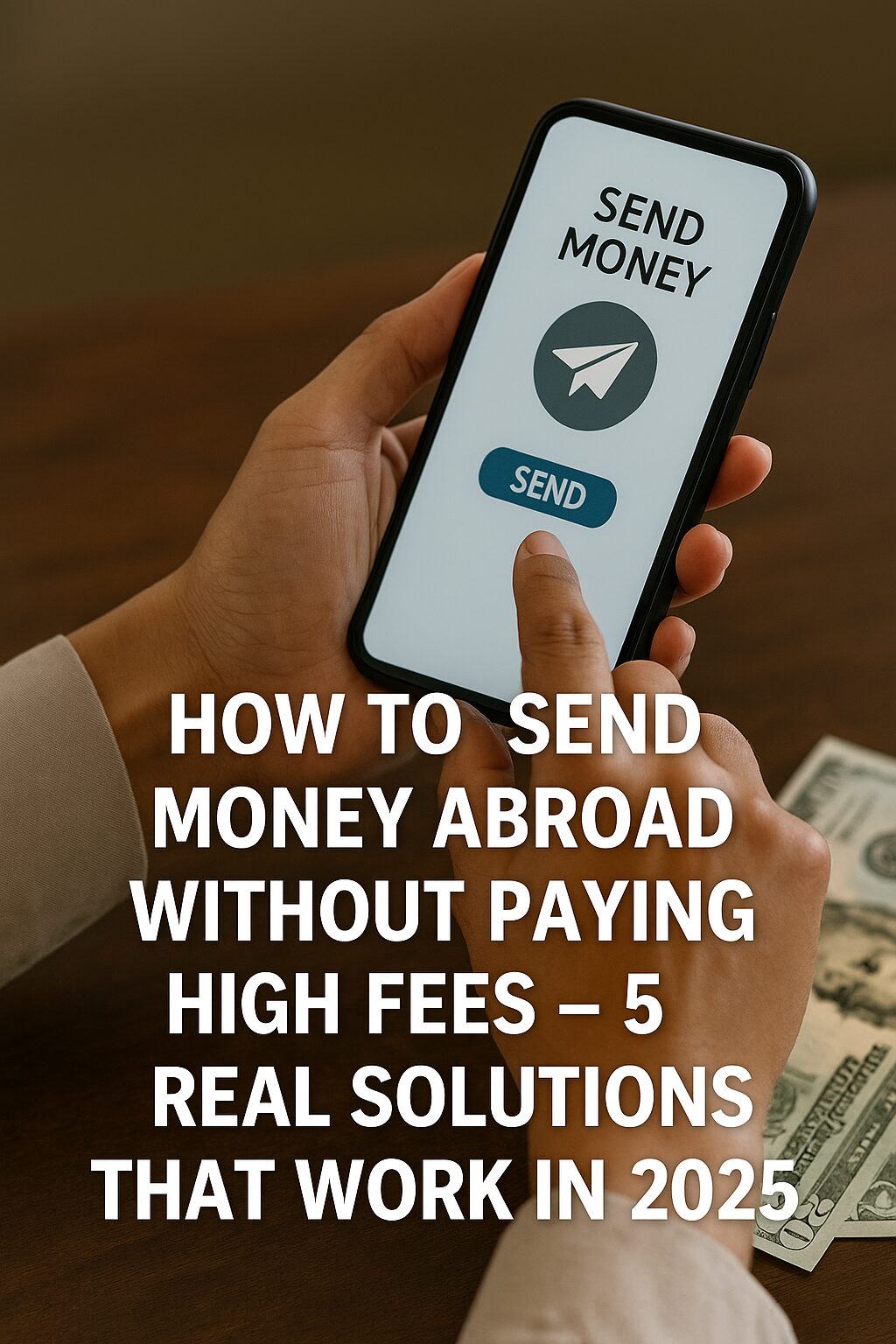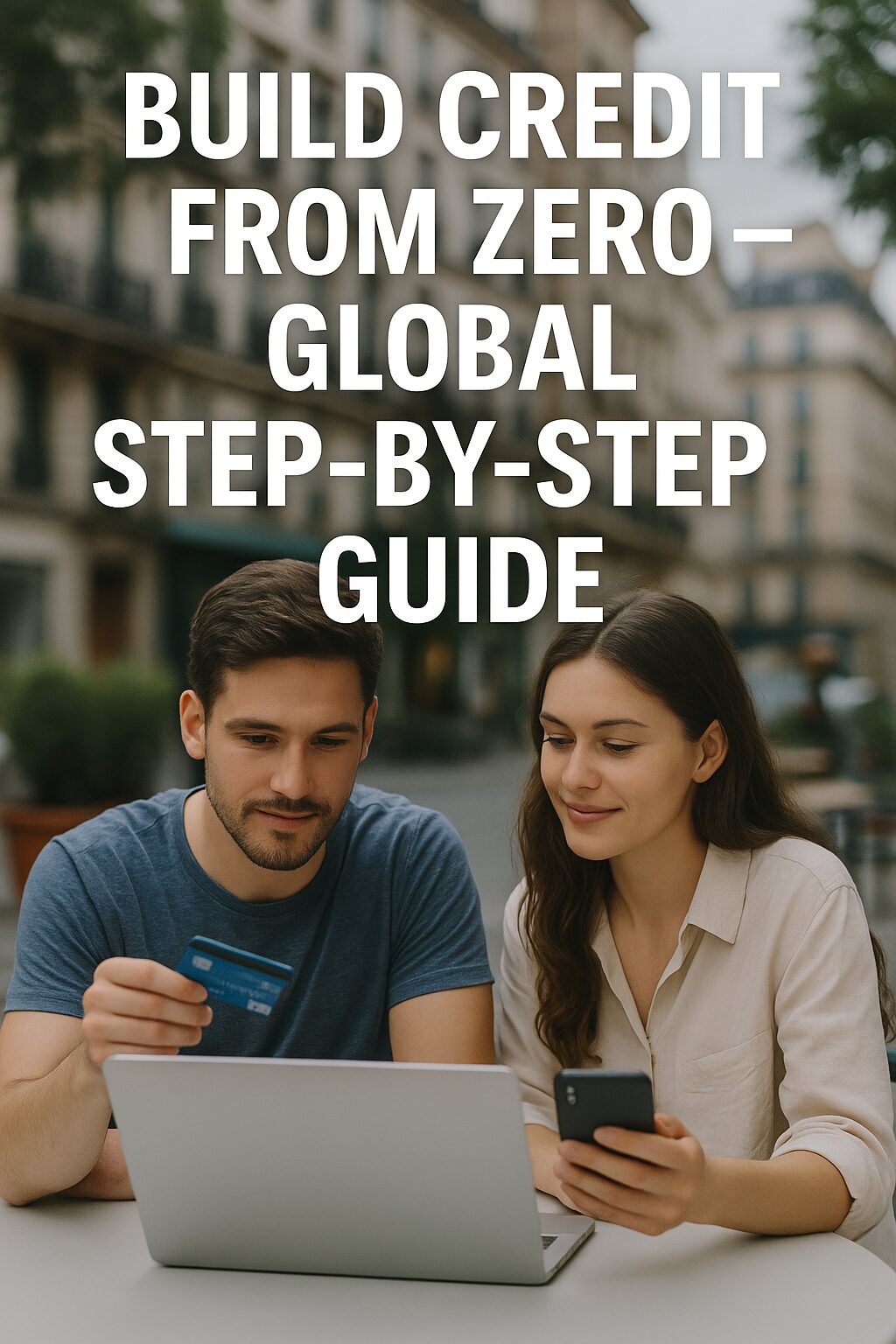Why Geography No Longer Matters
In 2025, earning money doesn’t depend on where you live.
Whether you’re in a small town in Asia, a remote village in Africa, or a beach in South America, all you need is a smartphone, a stable connection, and a strategy.
The global economy is now accessible to everyone.
This guide shares 5 realistic, proven income models that allow anyone—regardless of background—to earn money online from anywhere.
1. Freelance Marketplaces – Sell Your Skills Globally
If you can write, translate, design, code, or manage social media, you can get paid today.
Top platforms:
- Upwork – Best for long-term clients
- Fiverr – Short, high-volume gigs
- Freelancer.com – Competitive but global
- Toptal – Premium for developers/designers
Steps:
- Choose 1–2 skills you can do remotely
- Create a profile with real samples
- Start with low prices to build reviews
- Deliver fast and communicate clearly
- Slowly raise your rates after 10+ positive reviews
You don’t need a degree—just results.
2. Affiliate Marketing – Get Paid to Recommend Products
Affiliate marketing allows you to earn commissions by recommending services and products.
You can promote:
- Hosting (e.g., Bluehost, Hostinger)
- Tools (e.g., Canva, Grammarly)
- Courses (e.g., Coursera, Skillshare)
- Physical products (via Amazon Associates)
Best channels:
- A blog (SEO traffic)
- Pinterest or YouTube
- Email newsletters
One blog post that ranks well can earn passive income for years.
3. Selling Digital Products – Build Once, Earn Forever
You can sell things like:
- E-books or mini guides
- Notion templates
- Printable planners
- AI prompts or toolkits
- Online courses
Tools you can use:
- Gumroad
- Payhip
- Etsy (for printables)
- Teachable / Thinkific (for courses)
The key is to solve a problem.
If your product saves time or helps people earn/save money, it will sell.
No need for ads if you use SEO, Pinterest, or Reddit communities effectively.
4. Remote Jobs – Work for Companies Abroad
Not everyone wants to be a creator. That’s fine.
There are thousands of fully remote jobs now hiring globally.
Job types:
- Customer support (chat/email)
- Content writing
- Sales assistant / lead generation
- Data entry / virtual assistant
- Software QA / testing
Where to find them:
- RemoteOK
- We Work Remotely
- Jobspresso
- Dynamite Jobs
Many don’t require native English—just good communication and reliability.
5. Teaching Online – Share What You Know
You don’t need a certificate to teach skills online.
Two approaches:
- Platform-based: Teach English or skills on Cambly, italki, or Preply
- Independent: Start a YouTube channel, podcast, or newsletter around your knowledge
Popular teaching topics:
- English conversation
- Excel / Notion / Canva
- Productivity
- Language exchange
- Career development
If you can explain things clearly, people will pay attention—and eventually, they’ll pay you.
Conclusion: It’s Never Been Easier
In 2025, there’s no excuse left.
If you have internet and effort, money is available.
Choose one path.
Focus deeply.
And stay consistent for 6–12 months—that’s how people go from $0 to $1,000/month and beyond.
Geography is irrelevant now.
Discipline, not location, is what matters.









